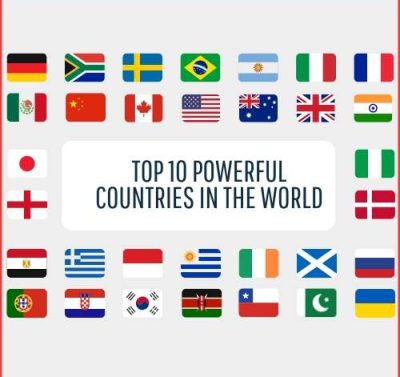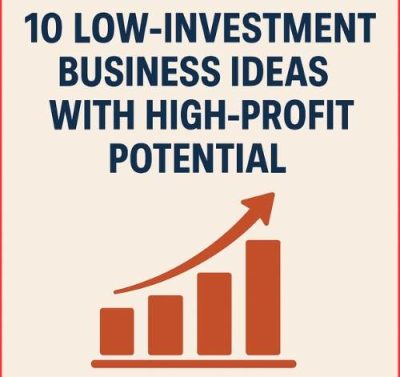Despite dire predictions of a recession, the U.S. economy grew in the third quarter probably at the quickest rate of any quarter in almost two years, driven primarily by consumer spending and increased salaries as a result of a tight labour market.
After declining for nine consecutive quarters, home investment is predicted to increase in the Commerce Department’s advance estimate of the third-quarter GDP on Thursday. It is thought that company investment has decreased as the stimulus from factory construction fades. The government of President Joe Biden has taken action to promote more semiconductor production in the United States.
Even while the predicted strong growth rate achieved in the most recent quarter is probably unsustainable, it would show how resilient the economy is to the Federal Reserve’s aggressive interest rate hikes. However, due to the United Auto Workers strikes and the fact that millions of Americans are starting to repay their student loans, growth may still decrease in the fourth quarter.
The majority of economists have updated their projections and now think the Fed can orchestrate a “soft-landing” for the economy. They cite anticipations that worker productivity will continue to be strong in the second quarter and that unit labour costs will moderate between July and September.
As for the recession, Sal Guatieri, a senior economist at Toronto’s BMO Capital Markets, said, “We’re seeing the exact opposite.” “The American consumer, the biggest engine of the U.S. economy seems to have had a mid-year resurgence, largely because confidence improved through the summer because of the rally in the stock market and steadier gasoline prices.”
A Reuters survey of economists indicates that the GDP grew at the strongest rate since the fourth quarter of 2021 last quarter, at 4.3% annualised. The economy grew by 2.1% during the April-June quarter, and it is currently growing at a rate significantly faster than the 1.8% non-inflationary growth rate that Fed policymakers believe it to be.
The wide range of estimates reflects the fact that some of the input data, such as September durable goods orders, the goods trade deficit, and wholesale and retail inventory statistics, will be released concurrently with the GDP report. The estimates ranged from as low as 2.5% rate to as high as 6.0% pace.
The primary engine was probably consumer spending, which makes for almost two-thirds of all economic activity in the United States. People were likely purchasing durable goods like cars and attending concerts. Price reductions appear to have led to a significant increase in spending on products.
Consumer spending has been underpinned by a robust labour market. Despite slowing down, pay growth is still increasing somewhat faster than inflation, increasing the purchasing power of consumers. After only increasing at a pace of 0.8% in the second quarter, consumer spending growth is predicted to have exceeded a 4.0% rate.















